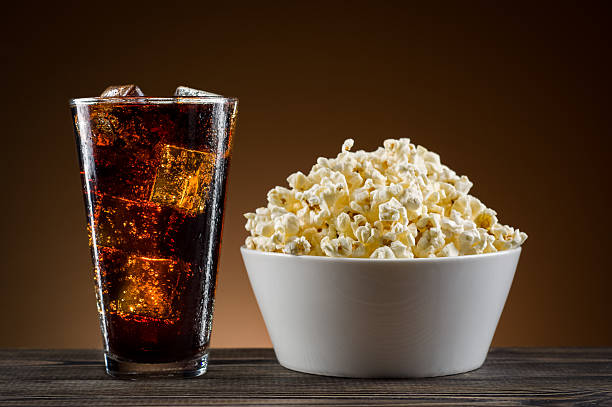It’s so hard to find Father’s Day gifts that you can make yourself! Each year, I post my ideas here. I hope they make gifting easier. This Father’s Day Soda gift for Dad is adorable. Kids can also help. It won’t cost too much if they want to buy Dad something.
How can you make this Father’s Day Soda Gift?
Although this is an easy DIY, I will share my tips and tricks from my experiences making it.
You can download the printables HERE if you don’t care about the printing tips and the instructions for putting them together.
Step 1: Gather your supplies
These are the things you will need
Soda (A 6-pack glass bottle set looks great and makes it feel even more special!)
- Printable Father’s Day Photography Gift Certificate Tags
- Cardstock
- Scissors
- Hole Punch
- Ribbon or twine
Step 2: Print the Father’s Day Soda Gift Tags
The tags will look something like this when you print them. You will need six tags per sheet.
Pro tip: When I make gifts on cardstock paper, I print these tags. It is inexpensive, can be printed on by your printer, and makes tags more durable without tearing.
Step 3: Remove the Tags
Cut as many gift tags as possible with a pair of sharp scissors. Each child could make their own soda. Teachers can also use this to make gifts with their students.
Use a hole punch to punch a hole at the corner of your tag. You can also punch a hole in one corner if you prefer it to hang the opposite way.
You will need to cut about 6 feet of twine, ribbon, or raffia, and then loop it through your punched hole, as shown.
It reads “Dad you are SODA best!” because Father’s Day is incomplete without dad jokes.
Step 4: Attach the label to the soda
The last thing you need to do to complete your Father’s Day Soda present is to tie the tag. You can tie your tag around one of the soda bottle, or you could attach it to the handle if you don’t have enough ribbon.
You probably took longer to read this than to put together the gift! You could do this with can soda, multi-packs of canned soda, plastic bottles and many other items.
Opinion Warning labels for soda: The cons outweigh any pros
In Sacramento, legislation was being considered to ban soda sales in public schools several years ago. Soda is a junk food that many people don’t like and should not be encouraged by schools to consume, regardless of how much they make from the Coca-Cola Bottling Co.
The bill permitted the sale of juices, including apple juice. This juice has the same calories as soda, but very little nutrition. I asked the aide of the legislator why one was allowed and not another.

She said that natural sugar can be digested differently than added sugar. It is not, I replied. She said it was. It really isn’t. I replied, and sent her some articles to support my argument.
While we are failing to promote a healthier eating lifestyle in our country, there is increasing evidence that our daily decisions — whether we smoke, what we eat, and how much exercise we do — have a profound effect on our health. Because nutrition and exercise are complex subjects, it’s difficult to find good diet research gifted travel network.
The question now is whether this is enough to pass a bill, SB 1000 to be precise. This bill would require soda manufacturers to display warning labels similar to the ones that were required on cigarettes packages for 50 years.
Legally, this is a delicate issue. It is one thing to ask for nutrition information so that customers can make informed decisions. Most sodas provide clear information about sugar calories and a long list of artificial ingredient. It’s a dangerous step to demand that companies use their own containers for advertising against themselves. This is what we do with cigarettes. But the dangers of them could not be more obvious. Cigarettes never had ingredient lists. Not that most consumers would have been able to understand such a list.
However, could regulating soda companies’ freedom to speak reap the same benefits as the war on tobacco? Although smoking rates have dropped dramatically since labels were first required to warn of dangers, some of it may be due to persistent anti-smoking campaigns rather than the labels.
